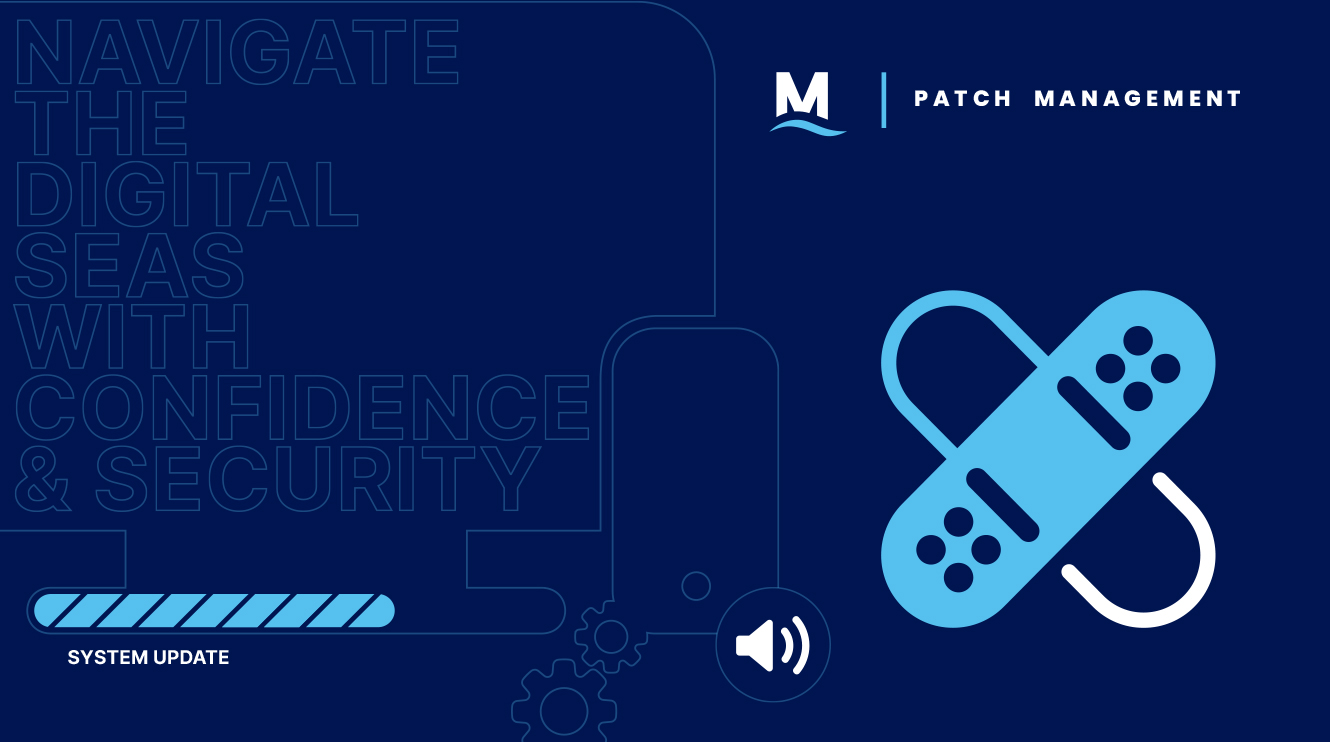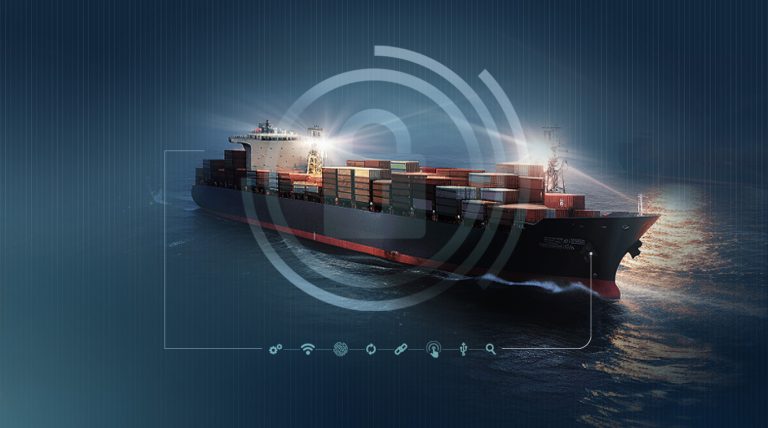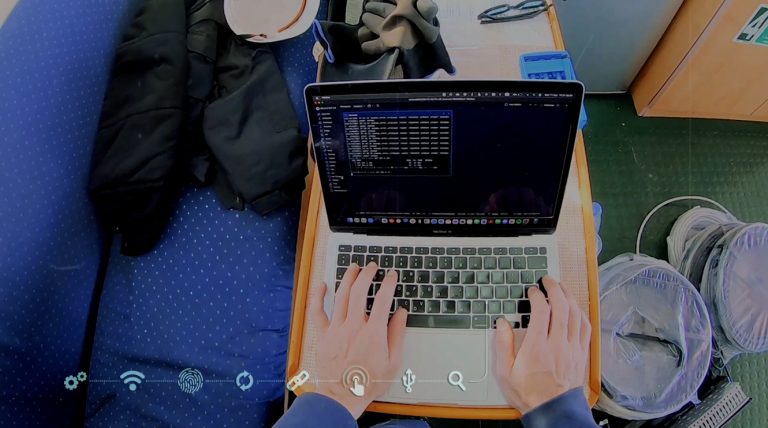Estimated reading time: 3 minutes, 40 seconds.
Adequate maritime cybersecurity depends on addressing common vulnerabilities such as outdated operating systems, unpatched software, and lapsed antivirus protection. Patch management, a critical component of cybersecurity, ensures that vessel systems are protected against evolving cyber threats by keeping software up-to-date.
MarPoint’s Patch Management Solution
MarPoint’s patch management solution addresses these vulnerabilities by providing a comprehensive patching workflow. Our solution includes scanning for missing patches, testing updates in a secure environment, and deploying patches across the vessel’s network. With MarPoint’s IT Managed Services, we handle the entire patching process and generate reports to confirm successful deployment. This approach ensures that the thin clients and peripherals onboard remain secure and functional, minimizing the risk of downtime and breaches.
Recent Reports on Cybersecurity Challenges in Maritime OT Systems
Recent surveys and reports have highlighted key cybersecurity challenges in the maritime industry, particularly concerning outdated systems and patch management in Operational Technology (OT) environments:
Outdated Systems: A survey from Pacific Maritime revealed that many ships still rely on legacy systems like Windows NT or unsupported versions of SCADA, making them easy targets for cyberattacks. These older systems often lack regular patches and security updates, exposing maritime environments to increased risks.
Cyber Awareness and Patch Management: A 2023 report by Industrial Defender underscored the difficulties maritime organizations face in real-time monitoring and patching critical OT systems. One key challenge is that vessels are constantly in operation, making it difficult to implement timely updates without causing operational disruption. As a result, many organizations struggle to maintain comprehensive patch management protocols.
Cyber Incidents in the Maritime Industry: Statistics from Radiflow and MDPI show that vulnerabilities, such as unpatched systems, have contributed to significant cybersecurity incidents, including the infamous Maersk NotPetya attack. About 40% of maritime stakeholders surveyed cited unpatched systems as one of their top cybersecurity concerns, alongside network segmentation and access control issues.
These findings underline the growing risks associated with outdated systems and insufficient patch management. The maritime industry must adopt better cybersecurity protocols to mitigate these threats.
Real-World Patch Management Failures in Maritime
Patch management failures can have serious consequences, as demonstrated by these notable cases:
- IMO Cyberattack (2020)
In 2020, the International Maritime Organization (IMO) was the victim of a sophisticated cyberattack that disrupted its website and internal IT systems for several days. While the technical details remain undisclosed, this incident underscores how critical timely software updates and patches are. Better patch management could have mitigated the impact or even prevented the attack, highlighting the importance of updating systems. - Maritime Operational Technology (OT) Vulnerabilities
Many ships and offshore platforms still operate with outdated Operational Technology (OT) systems that are rarely patched. Studies reveal significant vulnerabilities in Electronic Chart Display and Information Systems (ECDIS) and Integrated Bridge Systems (IBS) systems. These systems often run continuously and are not updated due to fears of downtime, leaving them open to exploitation. Better patch management practices could address these risks without impacting operations, but many organizations struggle to implement them effectively.
The Backbone of Maritime Cybersecurity
In 2021, the International Maritime Organization (IMO) adopted Resolution MSC-428(98), mandating the implementation of cyber risk management measures on all ships. The regulation requires ships to integrate patch management into their cybersecurity management system (CSMS), prioritize patches based on severity, and monitor for system compromise after deploying patches. MarPoint’s solution aligns with these regulations, ensuring compliance and bolstering vessel security.
Why Patch Management is Critical for Your Vessels
With the rise of ransomware attacks and other cyber threats, robust patch management is essential for preventing breaches, ensuring compliance, and minimizing downtime. A well-executed patch management strategy enhances the security and operational efficiency of your vessels by ensuring that systems are protected and functioning optimally.
Key benefits include:
- Enhanced Security: Timely patches protect vulnerable systems from exploitation.
- BYOD Support: Safeguard personal devices used aboard with regular patching.
- Uninterrupted Productivity: Prevent system crashes and minimize downtime through regular updates.
- Compliance: Ensure adherence to maritime cybersecurity regulations through diligent patch management.
- Remote Worker Protection: Secure devices used by remote workers, regardless of their location.
Patch Management Strategy
Effective patch management requires strategic planning. IT managers should:
- Identify all devices that need patching.
- Schedule updates without disrupting operations.
- Test patches in non-production environments.
- Deploy updates promptly.
- Monitor systems for signs of compromise post-deployment.
Conclusion
Patch management is not just a cybersecurity measure; it is a strategic imperative for maritime organizations. By embracing a comprehensive patch management approach, vessels can safeguard their systems against cyber threats, maintain compliance, and minimize operational risks. A robust patch management strategy ensures that vessels can navigate the digital seas with confidence and security.





